It's two weeks before the release of Ground Zeroes, and there's still a lot of misinformation floating about. After spending over eight hours with the game, seeing the majority of its content, I'm going to take this opportunity to debunk, and verify, some of the rumors about the latest Metal Gear game.
Whether Metal Gear creator Hideo Kojima likes it or not, his legendary stealth series is complicated. Nearly everything and everyone has multiple aliases, key comrades betray allegiances, and subsequent games crisscross between decades while also featuring leading characters with nearly identical names and faces; a reference to a character named Snake may refer to one of four people: Naked Snake, Solid Snake, Solidus Snake, or Liquid Snake.
Kojima took a similar convoluted approach to the reveal of Metal Gear Solid V. It began with the announcement of Metal Gear Solid: Ground Zeroes at an event celebrating the series' 25th anniversary in late August 2012. Then, Kojima stayed silent about Metal Gear until the VGAs in December of 2012. In typical Kojima form, he announced the other piece of the Metal Gear Solid V puzzle as simply The Phantom Pain, but did so under the guise of bandaged developer Joakim Mogren. The Metal Gear Solid V portion of the title was hidden in the negative space of the logo, and we were told that it was being developed by a new Swedish studio, Moby Dick Studios. It wasn't until the Game Developers Conference the following March that Kojima revealed that he was behind The Phantom Pain and that it, together with Ground Zeroes, would make up Metal Gear Solid V.
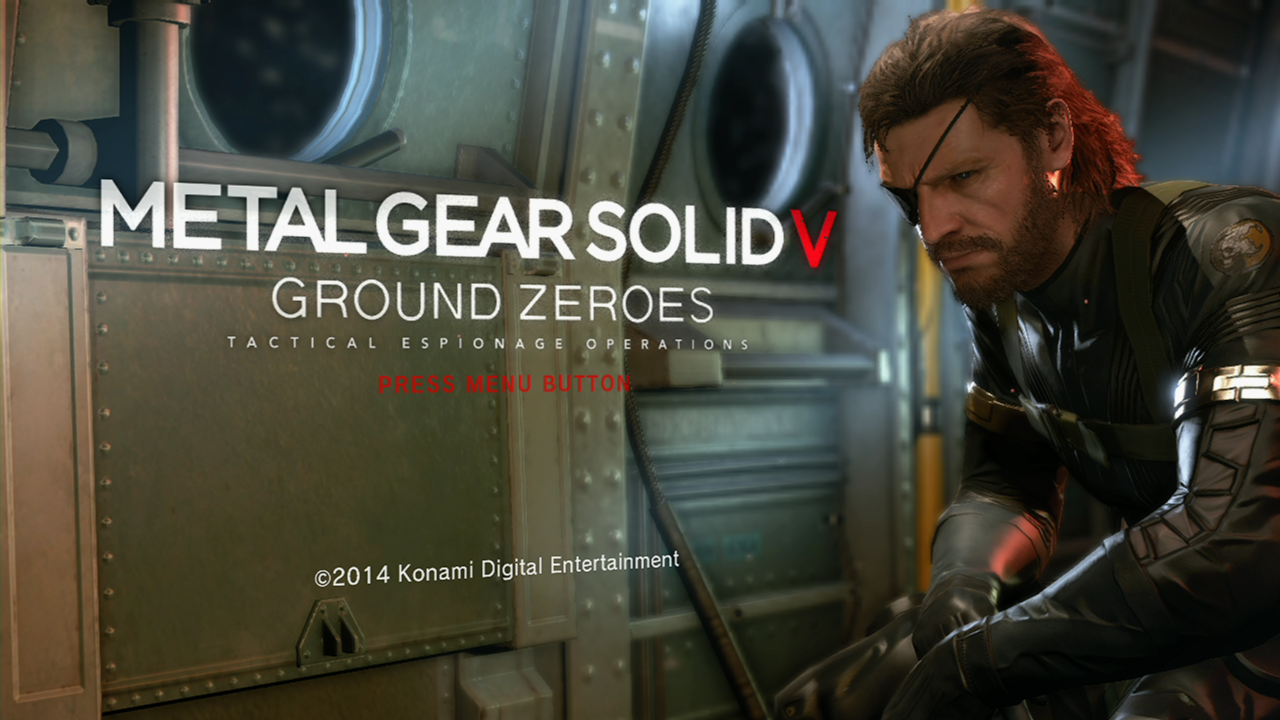
Rumor: Ground Zeroes is a glorified $30 demo.
Reality: Ground Zeroes is a $30 game.
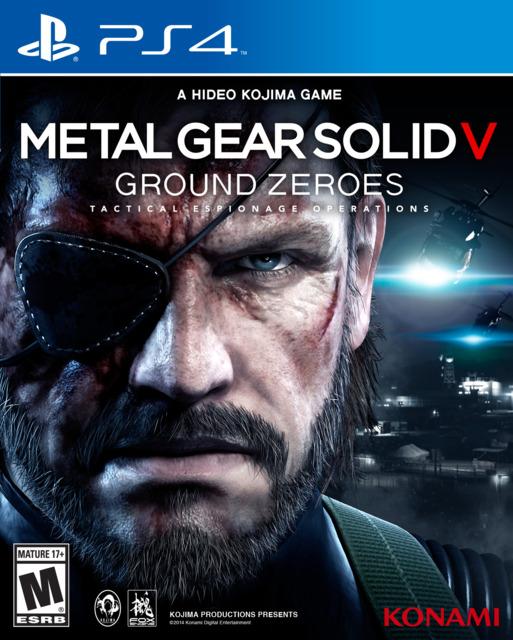
Demos come in different forms. Typically, they're slices cut from the main game that offer a glimpse at the setting and plot, while giving you a chance to explore the core mechanics that will drive the gameplay experience. Sometimes game demos break these rules; Bravely Default's recent demo for the 3DS offered curious players distinct content that's separate from the final product. It wasn't short either, keeping many people engaged for 10 or more hours. Despite its length, the demo revealed very little about the main game's overall plot.
Metal Gear Solid V: Ground Zeroes can also be played for 10 or more hours. It also contains content that can't be found in the "main" game, The Phantom Pain. However, I will argue that because Ground Zeroes offers key plot points that lead into the Phantom Pain, it truly is a prologue game, unlike the Bravely Default demo.
For each of Ground Zeroes' missions, you're given the entirety of Camp Omega to accomplish your goal, but that is the sole environment in the game. This limitation is no doubt the reason for the "demo" branding by some, but Ground Zeroes is a stand-alone product. If you hold to the notion that a short game can only be a demo, and you refuse to pay for something that "should" be free, you've got a long time to wait before the "full" game is released, likely in late 2015, or even early 2016.
Even if you manage to hold out and ignore Ground Zeroes for that long, there's no guarantee The Phantom Pain will contain the same content found in Ground Zeroes. It may not be as broad or as long as most games, but Ground Zeroes can be had for one-third of the cost if you opt to download it for $20.
Minecraft – Kung Fu Panda DLC Trailer Sclash - Console Release Date Trailer Kingdom Come: Deliverance 2 - Official Cinematic Announcement Trailer Stellar Blade - BIBI ‘Eve’ Official Music Video Trailer | PS5 Apex Legends: Urban Assault Collection Event Trailer Total War: WARHAMMER III - Elspeth von Draken Gameplay Showcase Firearms Expert Reacts to the Fallout TV Show’s Guns Potionomics: Masterwork Edition - Official Announcement Trailer Genshin Impact - "Arlecchino: Sleep in Peace" | Official Character Teaser Snowbreak: Containment Zone - "Gradient of Souls" Version Trailer Harold Halibut GameSpot Video Review Nancy Drew: Mystery of the Seven Keys | World Premiere Official Trailer
Please enter your date of birth to view this video
By clicking 'enter', you agree to GameSpot's
Terms of Use and Privacy Policy
Rumor: Ground Zeroes is two hours long.
Reality: Ground Zeroes has over ten hours of content.
When Game Informer pointed out that they completed Ground Zeroes in two hours, everyone was up in arms. There were a lot reader comments that read something like this: "Two hours? What a rip-off!" We've since learned, and I can confirm, that the two-hour time frame is a reasonable estimation of your first playthrough of the main mission. I completed my first run closer to the one-hour mark, but I took one of many routes to get there. Ground Zeroes isn't a linear experience, and there are a lot of paths that will lead you to your goal.
Metal Gear is traditionally a stealth-based experience, and Ground Zeroes is no different. However, it's more open ended than its predecessors. The main mission, if handled as succinctly as possible, incorporates only a quarter of the setting, Camp Omega.
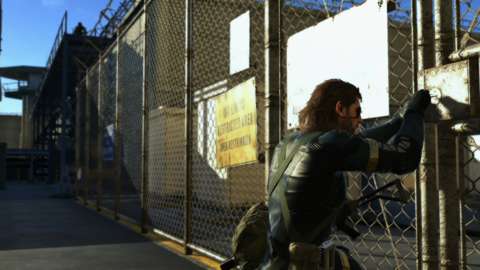
There are also a handful of side missions--called side-ops--to explore. The first four give you new challenges that take you directly to new parts of the map. The weather and time of day change for these missions as well. These changes alter the need for and implementation of stealth, and give the base an entirely new feel. Though you only explore Camp Omega in Ground Zeroes, there's plenty of opportunity to explore every nook in a variety of scenarios. While playing through the side-ops, I spent about three hours during my first run of the lot, but I consistently ranked poorly. Time permitting, I would have readily and happily jumped back in to improve my rank. It's not just for pride: better ranks reward you with better bonus items that can open up new ways to play any mission in the game.
If you want to open up the platform-exclusive missions, you'll need a keen eye, a quiet step, and a lot of patience. In order to unlock them, you need to collect badges hidden throughout the base. It may be one location, but Camp Omega is full of buildings to explore and corners to pick through, making the badge hunt particularly challenging. I certainly wasn't able to find them all without a bit of help.
All told, I spent about nine hours playing Ground Zeroes, and my completion rating was only 30 percent. I beat every mission, but I failed to complete them in every way possible.
Rumor: Ground Zeroes is easier with the slow-motion stealth mechanic.
Reality: Ground Zeroes is just as difficult with the slow-motion stealth mechanic.
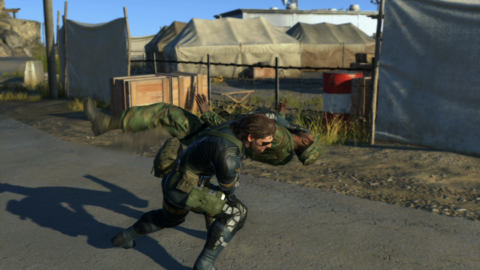
One of the most obvious changes to the stealth gameplay is the new slow-motion effect that occurs when you’re spotted by an enemy. Before they have a chance to alert fellow guards and soldiers, you have a few seconds to silence them and avert danger. It’s not a total crutch, however. After all, you no longer have a radar system to track noise and enemy movements. You can mark enemies with your binoculars and keep track of them that way, but you're required to spot them in the first place. This is no small feat when there are dozens of enemies in the area and you’re constantly watching your back.
Even though I always knew where some enemies were, there was always a little voice in the back of my head reminding me that there are probably another one or two nearby that I haven’t spotted. Sometimes though, I got cocky, and brashly bolted into un-scouted territory. The moment I was spotted and the slow-motion effect kicked in produced a fight or flight sensation that was immediately difficult to manage. You know that your window to act is only open for a few seconds, and the pressure therein had a noticeable impact on my ability to focus. Maybe it speaks to my abilities as a player, but the slow-motion “crutch” did me no favors compared to the old way of doing things.
Rumor: Ground Zeroes is an open-world game.
Reality: Ground Zeroes is not an open-world game.
As I've said already, there's only one area to explore in Ground Zeroes. Now, according to Kojima, the Phantom Pain is supposed to be "hundreds" of times larger than Ground Zeroes, which will likely fit into the open-world paradigm that we've grown accustomed to in games like Grand Theft Auto V. You will not get that same feeling when playing Ground Zeroes. If you attempt to exit the base through one of many available exits, you'll be prompted to confirm that you're quitting the mission at hand and want to return to the main menu. Perhaps a better descriptor for Ground Zeroes is that it's an open-format game, as there are numerous paths and means to reach your goal. In that sense, it's more open than previous games in the series.
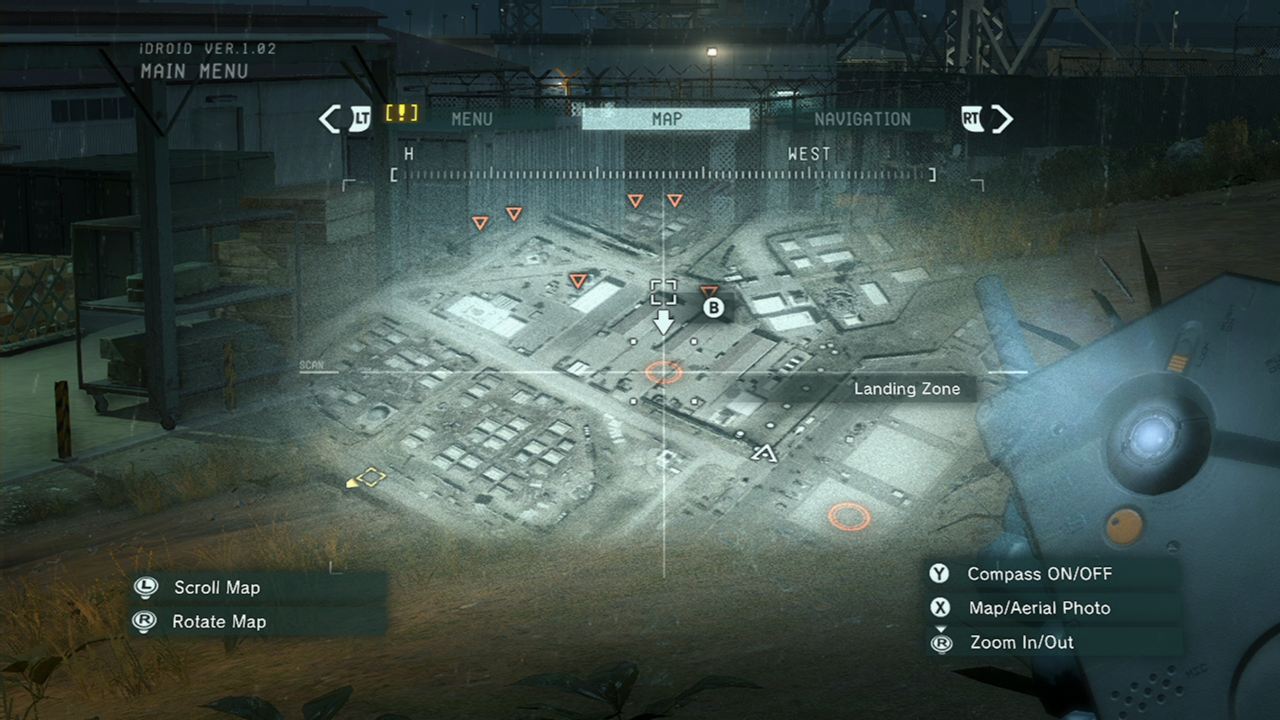
You could ignore your mission objectives and spend an hour running around Camp Omega and still miss half of the soldiers, vehicles, and interactive objects strewn about. So yes, it's more open than usual, but there's no basis to call Ground Zeroes an open-world game. The Phantom Pain, on the other hand, will almost certainly offer what Kojima has talked about since the inception of Peace Walker: a (mostly) persistent world where you can recruit soldiers, build your army's base, and break free from the bonds of linear mission structures.
There's obviously a lot more to talk about, and with the Ground Zeroes release date looming, you can be sure that everyone's questions will be answered soon. What I can say at this point is that for $30, Ground Zeroes offers a robust glimpse into the future of Metal Gear. It looks great, offers intriguing plot points to digest, and has enough extra content to keep you busy far longer than two hours.

